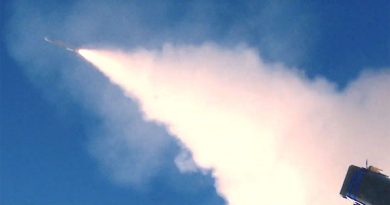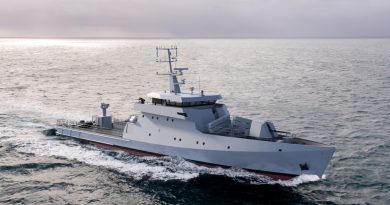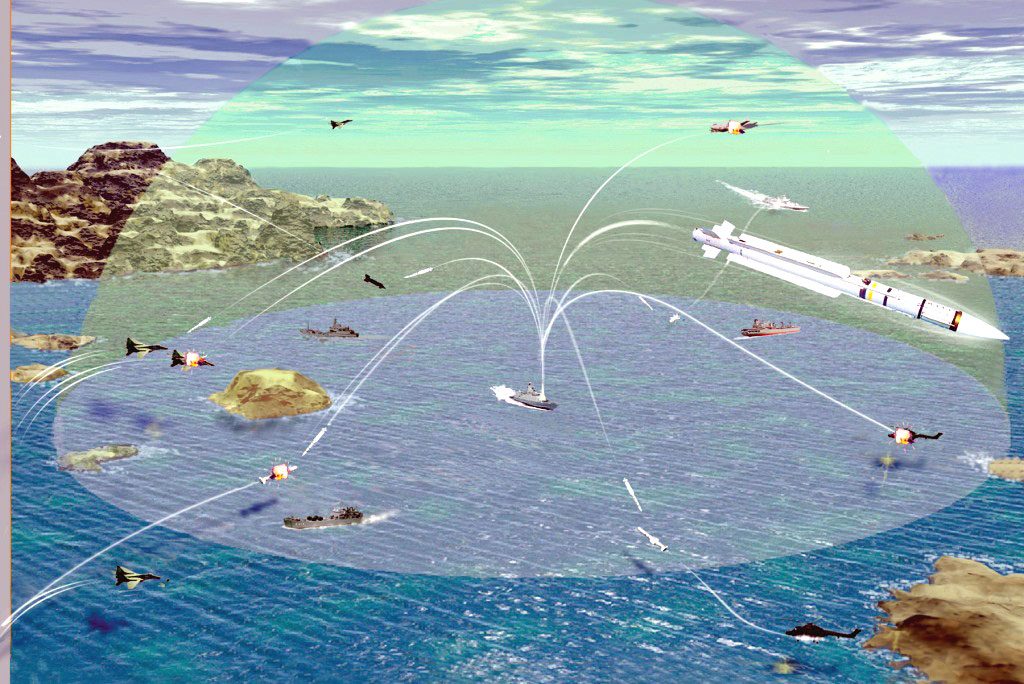
Naval launch customer for MBDA’s VL MICA NG
By Luca Peruzzi
On the occasion of the Euronaval-Online exhibition, the MBDA group has confirmed the development of the vertical launch (VL) variant of the new-generation MICA NG missile for naval and land-based applications to be available in series production in 2026, unveiling the existing of an undisclosed launch customer for the naval variant of the system, according to Stefano Bertuzzi, Head of Naval Systems at MBDA.
The VL MICA NG is based on the integration of the MICA NG (Missile d’Interception, de Combat et d’Autodéfense Nouvelle Génération) anti-air missile under development, into the existing family of VL MICA system, now adopted, in its naval and land-based versions, by fifteen Armed Forces around the world. “After two years of development on the New Generation MICA missile, we have acquired a deep understanding of the performance of this brand new air-to-air missile which allows us, in full confidence, to market its integration into VL MICA ground-to-air or surface-to-air defence systems. The total compatibility between the two generations of missile will allow armed forces to combine them with their existing systems, thus maximizing their return on investments”, Eric Béranger, MBDA CEO, declared commenting the launch of the new system.
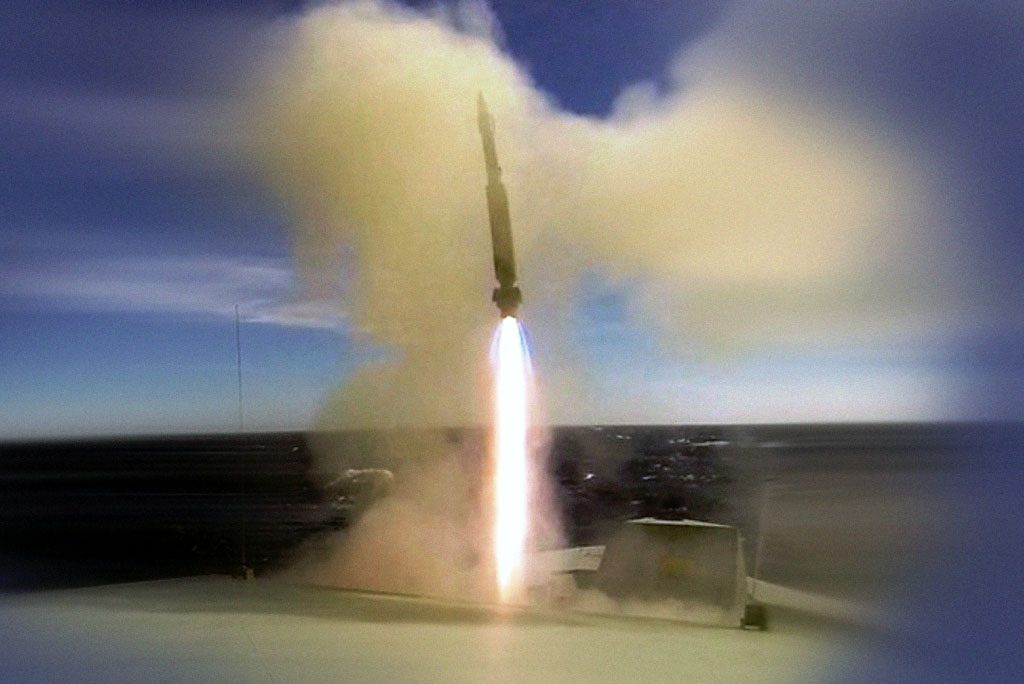
“The VL MICA NG maintains the same two missile versions communality of the MICA NG with the current family of missiles, allowing the new weapon to be integrated into existing vertical-launching system. This full compatibility will allow both current and new customers to benefit from the MICA NG advanced capabilities against current and future threats in both naval and ground operational scenarios”, said Bertuzzi to EDR On-Line.
The MICA NG
Under development for the French Air Force and the French Navy, primarily to equip the family of Rafale combat aircraft, with a contract awarded by the Direction Générale de l’Armement (DGA) in November 2018, the MICA NG air-to-air missile is intended to replace the legacy MICA NT (New Technology) radio-frequency (RF) and imaging infrared (IIR) MICA AAMs when they will have to be dismissed.

“The NG programme is centered on an extensive redesign of the current MICA family while keeping the same aerodynamics and control surfaces, such as long chord wings, tail control surfaces, and thrust vector control. The missile has the same diameter (160 mm), the same length 3.1 meters, and the same weight (112 kg) of the previous version. This allows to minimize the amount of adaptation required to operate the new system with existing platforms and launchers and maintains the unique concept which characterizes the MICA missile success: the option of two different seekers, infrared and radio frequency, and two launch modes, rail and ejection, in a single missile casing”, Bertuzzi explained.
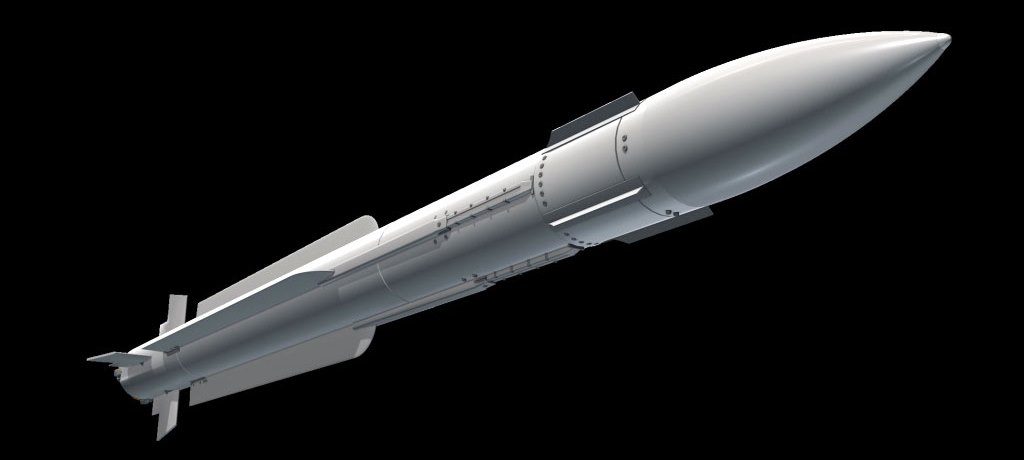
The extensive redesign regards the internal layout with the introduction of latest generation technologies and systems that, without compromising the aerodynamics, weight, centre of gravity and inertia of the missile, delivers significantly enhanced capability against current and future threats.
“The main evolution regards a new dual-pulse rocket motor developed by Roxel that, combined with a reduction in the volume of the electronic components inside the missile to enable it to carry more propellant, will deliver an increased maximum interception range for the VL MICA NG of 40 km, and improved maneuverability and end-game performance, particularly in the no-escape zone. The added acceleration supplied by the new dual pulse engine provides extra g maneuvering capability that in the case of the naval VL MICA NG will allow better capabilities against challenging threats such as supersonic and maneuvering anti-ship missiles”, the Head of Naval Systems at MBDA told EDR On-Line.
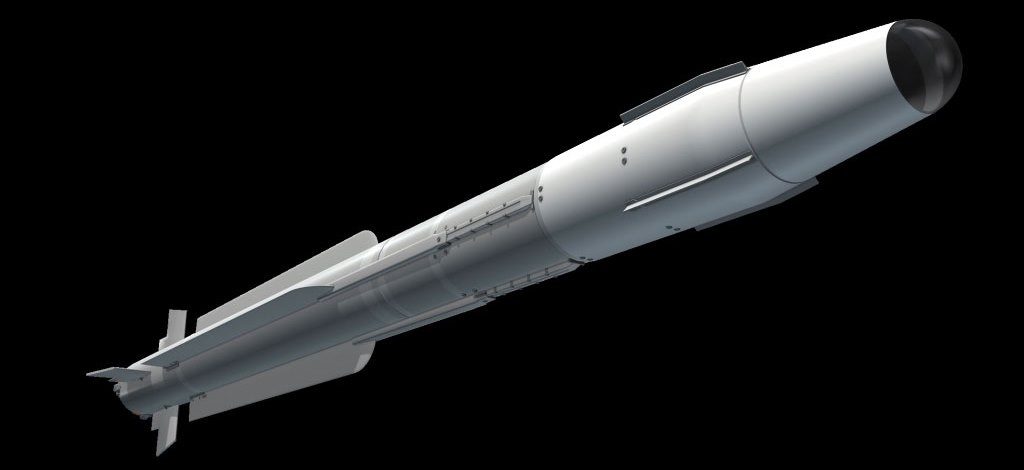
“The RF variant features a new radar seeker with an active electronically scanned array (AESA) antenna developed by Thales, which represents for the MBDA group the first application of such technology in the air- and ground-to-air missile arenas,” Bertuzzi said, enabling what he describes as “smart detection strategies” significantly enhancing the guidance system capabilities. Among the latter, is the sensor situational awareness while tracking the selected target during the missile flight as well as the selectable aiming point onto the target to maximize the attack success. In the IR variant, the MICA NG introduces a new focal plane array passive IIR seeker developed by Safran in collaboration with MBDA, which replaces the legacy linear sensor with a new matrix sensor for enhanced target detection and improved resistance to countermeasures. Safran will also provide an enhanced inertial reference unit for both variants while MBDA with the support of Eurenco supplies a new warhead. The group will also provide a new hybrid proximity fuse with laser and electromagnetic sensors for the warhead and a new two-way datalink.
With a 30 years’ service-life, the MICA NG AAM maintains both the lock-on before launch (LOBL) and lock-on after launch (LOAL) modes, although as with the VL MICA, in its maritime and land-based application the VL MICA NG can only be launched in the LOAL mode. Finally, maintenance and ownership costs will be significantly reduced thanks to internal sensors that will monitor the status of the munition throughout its life cycle.
The naval integration and the launch customer
“The introduction of the new MICA NG missile versions will require only software adjustments, as the latter is fully compatible with current VL MICA systems. In the case of the naval application, the existing missile datalink mechanisms are compatible with the increased kinematic performance of the missiles. In maritime applications, aside from the canister launchers, the only other below-decks equipment is the electronic sequencer cabinet, which contains the power supplies and processing electronics for the missile”, explained the MBDA representative. The sequencer cabinet is an electronic interface unit that links the VL MICA NG missiles with the ship’s combat management system (CMS), receives inputs from the ship inertial system and provides the connection to the Ship Missile Data Link (SMDL). The SMDL comprises a below-decks transmitter with four small uplink antennas fitted around the masthead.
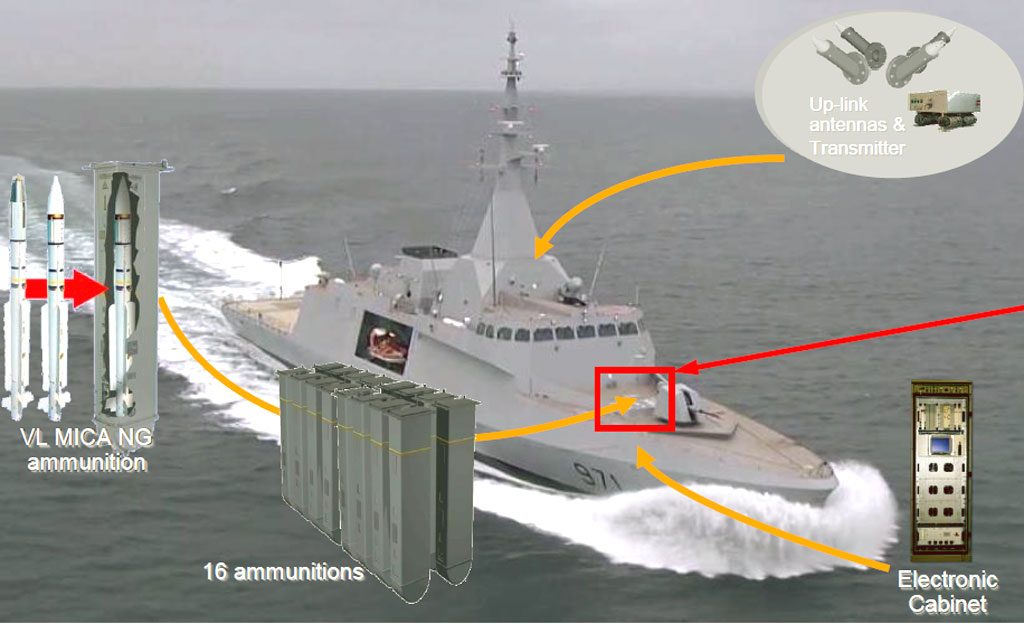
“The current electronic sequencer cabinet (one for each 16-cell silo) will continue to be used and sustained by MBDA for years to come, but new customers will have the choice to adopt the new generation reconfigurable firing installation (ITR, Installation de Tir Reconfigurable), being developed for French Navy’s first installation on board the Frégate de Défense et d’Intervention (FDI), with first series production system to be available from 2021 after French MoD deliveries. The ITR will operate all MBDA’s naval missiles, becoming the new interface for current and future weapons for the next 20-30 years”, he unveiled.
The MICA NG is currently at Technical Readiness Level 7, the next major milestone being the critical design review in early 2022. Ground test firings are expected to be conducted in 2023 from the DGA Missiles Test Centre in Biscarosse on the French Atlantic coast, to be followed by other test firings with the VL MICA NG in 2024. First mass production equipment availability milestone is planned for the same year in order to be ready in 2025, with series production from 2026.
According to the presentation provided to EDR On-Line, the naval VL MICA system was selected or is in service with 10 navies worldwide; MBDA did not provided further details, except for the fact that the new VL MICA NG customer is already included in this number. Based on open sources, EDR On-Line has identified the customers for the current naval VL MICA in Egypt, Indonesia, Malaysia, Morocco, Oman, Qatar, Singapore, United Arab Emirates and more recently Saudi Arabia, in the latter case on board the five Al Jubail-class corvettes being built in Spain by Navantia shipbuilder, and an undisclosed customer on the Caspian Sea for a single corvette. The additional undisclosed customer, according to non-official sources, is Turkmenistan, that will install the system on a corvette of unknown programme status.
Although MBDA hasn’t commented, EDR On-Line understands that the launch customer for the VL MICA NG is the Egyptian Navy, who will install it on board the new tkMS Meko A200-class frigate in a 32-cell VLS configuration. The Egyptian Navy is already receiving four Naval Group Gowind 2500-class corvettes with a 16-cell VLS configuration.
Photos courtesy MBDA

